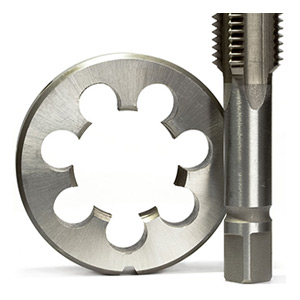
Dec . 03, 2024 20:35
Back to list
صمام تنظيم ضغط الغاز
Understanding Gas Pressure Regulating Valves
Gas pressure regulating valves are essential components in various industrial and residential applications, ensuring that gas is delivered at a consistent and safe pressure. These devices help maintain the integrity of gas distribution systems, prevent accidents, and enhance the efficiency of energy use. This article delves into the function, types, applications, and benefits of gas pressure regulating valves.
The Function of Gas Pressure Regulating Valves
The primary purpose of a gas pressure regulating valve (GPRV) is to manage the pressure of gas flowing from a high-pressure source to a lower-pressure line or delivery point. The valve operates by automatically adjusting to changes in pressure downstream, ensuring that the gas remains at a predetermined pressure range required for safe and efficient operation. By controlling pressure, GPRVs protect equipment and piping from damage while facilitating proper combustion in gas appliances.
The mechanism within these valves typically includes a diaphragm that responds to changes in pressure. When downstream pressure rises above the setpoint, the diaphragm moves, causing the valve to close partially and reduce gas flow. Conversely, if the downstream pressure drops, the diaphragm allows more gas to flow through, maintaining a stable output pressure.
Types of Gas Pressure Regulating Valves
There are several types of gas pressure regulating valves, each designed for specific applications
1. Single-Stage Regulators These are commonly used in low-pressure applications, where only one adjustment stage is required. They can efficiently reduce high inlet pressure to a lower, usable level.
2. Two-Stage Regulators Used in applications where more precise pressure control is necessary, these regulators provide a more stable output pressure. This is achieved by using two stages of pressure reduction, which minimizes fluctuations in output pressure caused by changes in inlet pressure or gas demand.
3. Automatic Regulators These valves adjust themselves based on real-time pressure readings. They are equipped with sensors that monitor downstream pressure and make necessary adjustments without manual intervention.
4. Pilot-Operated Regulators These are suitable for high-flow applications. They use a small pilot valve to control a larger main valve, enabling precise pressure control even under significant load variations.
.
Gas pressure regulating valves are utilized across various industries and applications, including
صمام تنظيم ضغط الغاز

- Residential Used in home heating systems, gas stoves, and water heaters, GPRVs ensure safe and consistent gas delivery to appliances.
- Industrial In manufacturing processes, GPRVs control gas pressure in boilers, furnaces, and other equipment that require precise pressure levels for optimal operation.
- Commercial Restaurants and commercial kitchens use GPRVs to manage gas supply for cooking equipment, ensuring safe and efficient performance.
- Gas Distribution Systems Utility companies employ GPRVs in their distribution networks to manage pressure levels efficiently, ensuring safe delivery of natural gas to consumers.
Benefits of Gas Pressure Regulating Valves
The installation and use of gas pressure regulating valves provide numerous benefits
1. Safety By controlling gas pressure, GPRVs help prevent accidents related to overpressure situations, reducing the risk of leaks or explosions.
2. Efficiency Maintaining a consistent pressure improves the efficiency of gas appliances, leading to reduced energy consumption and lower utility bills.
3. Equipment Protection Proper pressure regulation protects equipment from damage due to excessive pressure, extending the lifespan of appliances and industrial systems.
4. Reliability With GPRVs in place, gas supply systems can operate more reliably, regardless of fluctuations in demand or inlet pressure.
Conclusion
Gas pressure regulating valves play a crucial role in the safe and efficient management of gas supply systems. Through their various types and applications, these valves not only enhance safety and reliability but also contribute to energy efficiency in both residential and industrial settings. Understanding the function and advantages of GPRVs is essential for anyone involved in gas distribution, appliance installation, or safety management within the gas industry. As technology progresses, the development of more advanced and responsive pressure regulating valves will further enhance their effectiveness and application range, making gas systems safer and more efficient for all users.
Latest news
-
Safety Valve Spring-Loaded Design Overpressure ProtectionNewsJul.25,2025
-
Precision Voltage Regulator AC5 Accuracy Grade PerformanceNewsJul.25,2025
-
Natural Gas Pressure Regulating Skid Industrial Pipeline ApplicationsNewsJul.25,2025
-
Natural Gas Filter Stainless Steel Mesh Element DesignNewsJul.25,2025
-
Gas Pressure Regulator Valve Direct-Acting Spring-Loaded DesignNewsJul.25,2025
-
Decompression Equipment Multi-Stage Heat Exchange System DesignNewsJul.25,2025

